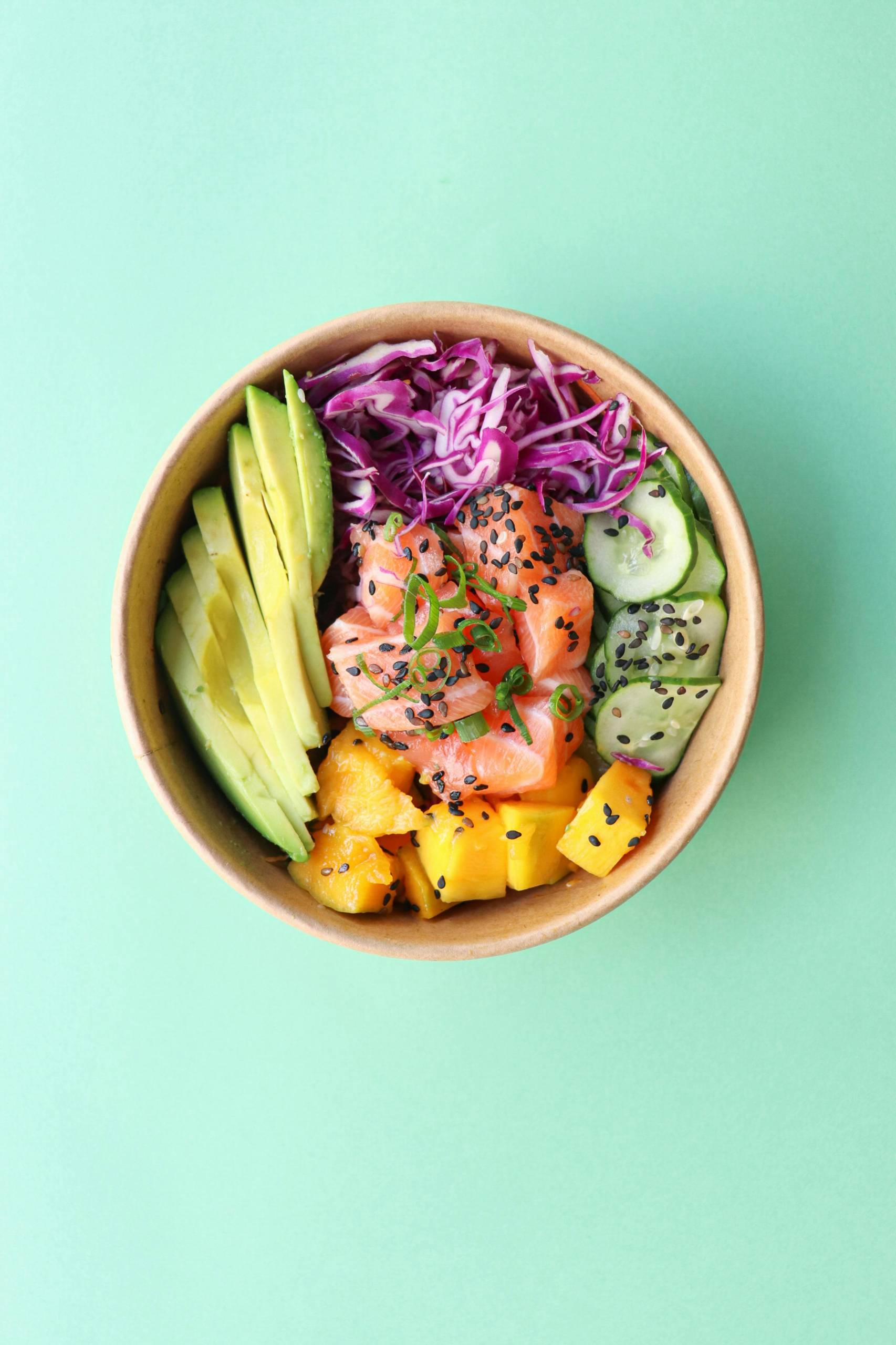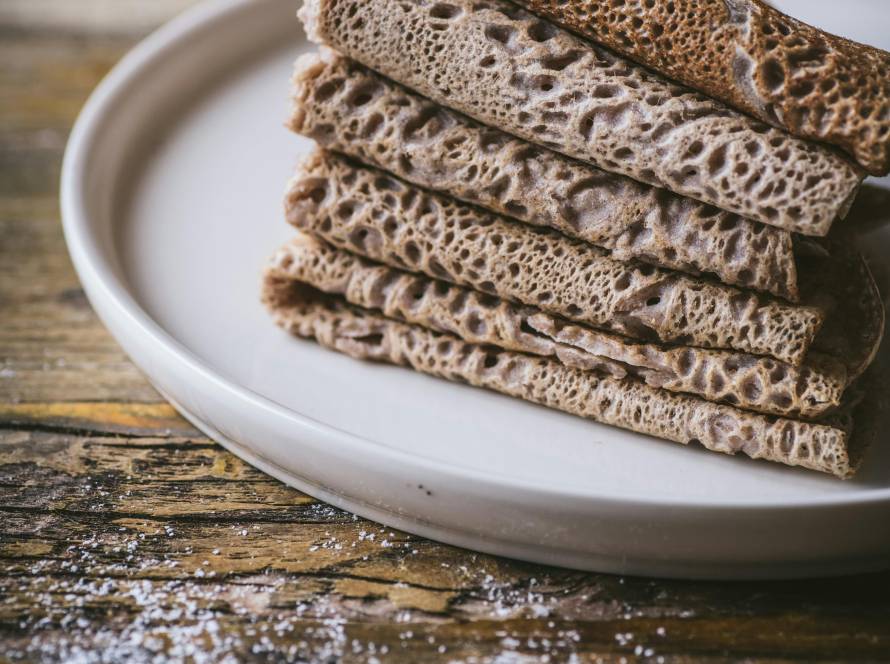Gluten-Free Baking: Exploring the Top Food Trends in 2025
As we step into 2025, gluten-free baking continues to evolve, bringing exciting innovations and flavors to the table. Whether you’re living with celiac disease, managing gluten sensitivity, or simply exploring a healthier lifestyle, the latest gluten free food trends can inspire your kitchen adventures. This guide highlights what’s hot in gluten-free cooking this year and how you can bring these trends to life in your own home.
The Rise of Gluten-Free Eating: Why It’s More Than a Trend
Gluten-free eating has moved far beyond a passing fad. What began as a necessity for individuals with celiac disease has now grown into a mainstream lifestyle embraced for various reasons. Medically, those with gluten intolerance or non-celiac gluten sensitivity report reduced bloating, fatigue, and digestive issues after eliminating gluten. From a health perspective, many choose gluten-free diets to cut processed foods, refine their eating habits, and improve energy levels. Lifestyle-wise, a growing awareness of gut health, clean eating, and food sensitivities has made gluten-free living a long-term choice for millions worldwide.
Top Gluten-Free Baking Trends of 2025
1. Ancient Grains Making a Comeback
Ancient, naturally gluten-free grains like teff, sorghum, amaranth, and millet are adding nutritional value and rich flavors to gluten-free recipes. Bakers are blending these with traditional gluten-free flours—like rice and almond—to craft earthy loaves and hearty muffins.
2. Fermentation in Gluten-Free Breads
Fermented breads are gaining traction for their gut-healing properties and unique flavors. Home bakers and professionals alike are experimenting with gluten-free sourdough starters made from lentils, buckwheat, or brown rice flour for more digestible, artisan-style loaves.
3. Focus on High-Protein Baking
Protein-rich gluten-free goods are on the rise. Expect to see more recipes and pre-made mixes using chickpea flour, pea protein, and seed flours to amplify nutrition in everyday baking—ideal for post-workout snacks or balanced breakfasts.
Essential Tips for Gluten-Free Baking Success
To master gluten-free baking, it’s essential to understand the basics beyond ingredients. These practical tips can elevate your home baking experience and yield better texture, flavor, and structure.
- Measure accurately: Use a digital scale for dry ingredients to avoid dense textures.
- Let batters rest: Allowing batter or dough to sit for 20–30 minutes improves hydration and texture.
- Use a blend of flours: Combining two or more gluten-free flours creates balanced taste and consistency.
- Add binders: Gums like xanthan or guar are essential for mimicking the elasticity of gluten.
Using Xanthan Gum for Structure
Xanthan gum continues to be a staple in gluten-free baking. It helps trap air bubbles in mixtures, providing elasticity and preventing crumbling. As a general rule, use one teaspoon per cup of gluten-free flour blend in bread recipes and half that for cookies or cakes.
Wheat-Free Cooking with Alternative Flours
If you’re exploring wheat-free cooking, consider trying less conventional flours. Green banana flour, cassava flour, and tiger nut flour are trending in 2025 due to their versatility, mild flavors, and nutrient profiles.
Gluten-Free Flour Substitution Guide
- Brown rice flour: Great for cookies and muffins
- Sorghum flour: Adds structure to bread
- Almond flour: Ideal for moist cakes and brownies
- Coconut flour: Very absorbent—use sparingly
Plant-Based and Gluten-Free: A Match in 2025
Plant-based and gluten-free lifestyles are increasingly intertwined. More people are baking without animal products and gluten simultaneously, leading to creative use of flax eggs, aquafaba, and coconut milk. The result? Vegan + gluten-free brownies, pancakes, and muffins that are just as indulgent as traditional recipes.
Technology in Gluten-Free Baking
Smart appliances and apps are simplifying gluten-free baking. Digital kitchen scales, humidity-adjusting ovens, and mobile apps with recipe calculators are making baking more precise and accessible. Platforms like Pinterest and TikTok are also driving trend awareness for home bakers everywhere.
Apps to Help You Bake Gluten-Free
- Yummly: Personalized gluten-free recipe suggestions
- Foodily: Filters out allergens and gluten-filled ingredients
- Recipe Keeper: Organize your wheat-free cooking ideas
Gluten-Free Dining Trends in Restaurants
Restaurants are rapidly adapting to the growing demand for gluten-free options, turning what was once a niche request into a standard menu feature. Many establishments now offer dedicated gluten-free menus or clearly label gluten-free items to enhance safety and transparency. Chefs are also experimenting with alternative flours like almond, chickpea, and buckwheat to create gluten-free dishes that don’t compromise on taste or texture. Additionally, cross-contamination awareness is improving, with some restaurants investing in separate prep areas and cookware. From gourmet cuisine to fast-casual spots, gluten-free dining is becoming more inclusive, creative, and accessible than ever before.
Common Mistakes in Gluten-Free Baking and How to Avoid Them
Even seasoned bakers can struggle with gluten-free recipes. Here are some common issues and how to fix them:
- Too dry or crumbly: Add a bit more fat (coconut oil, applesauce) or try using psyllium husk powder.
- Gritty texture: Sift your flours and let the batter rest so grains absorb moisture.
- Dense baked goods: Use baking soda or vinegar to increase leavening action.
Must-Have Pantry Staples for Gluten-Free Cooking
Having the right ingredients makes celiac-friendly cooking easier and faster:
- Certified gluten-free oats
- Coconut sugar or maple syrup for sweetening
- Tapioca and arrowroot for thickening sauces
- Chia and flaxseeds for egg replacements
Living a Gluten-Free Lifestyle in 2025
Embracing the gluten-free lifestyle goes beyond the kitchen. Meal planning apps, gluten-free travel guides, and labeled dining options are making life easier for gluten-free individuals.
Stay informed with organizations like the Gluten Intolerance Group for the latest research and community support.
Conclusion
With new ingredients, smarter tools, and innovative techniques, gluten-free baking in 2025 is more exciting than ever. Whether you’re cooking for health, curiosity, or comfort, these gluten-free healthy eating trends 2025 can help you enjoy delicious, safe, and satisfying meals. Keep exploring, tasting, and reinventing what it means to live a gluten-free life!
Want more recipe ideas? Subscribe to our newsletter for weekly gluten-free tips!



